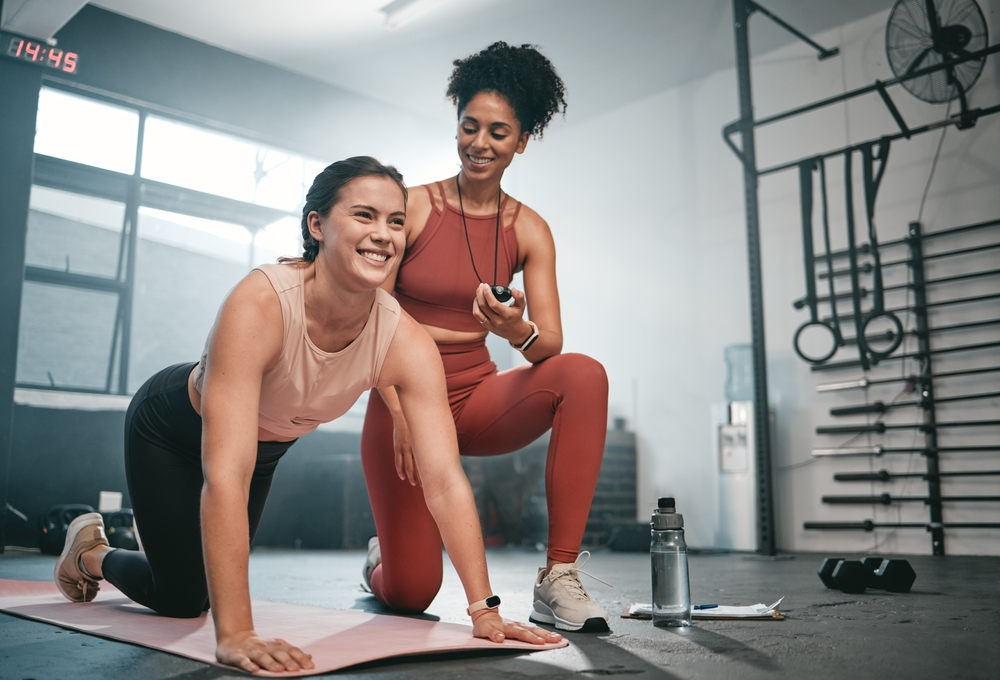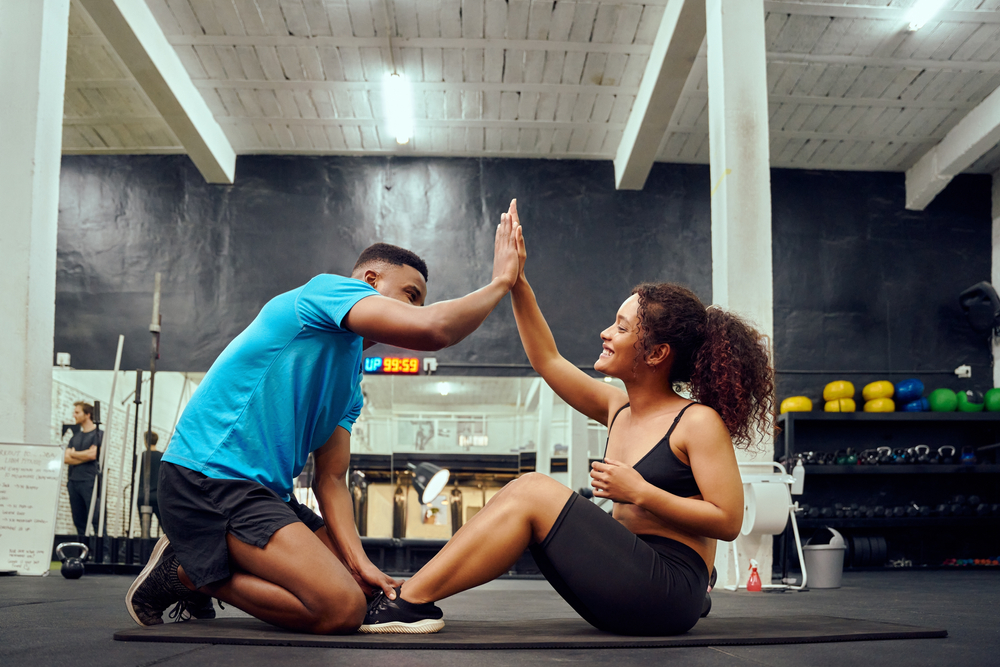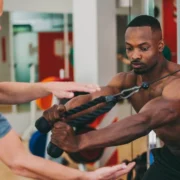ACE, Others Make Strides Toward LGBTQ Inclusion in Fitness

Gym anxiety can be daunting for the LGBTQIA+ community. Here’s what fitness professionals should consider to meet the needs of all clients
Gym anxiety is a common experience for many, but some experts in the fitness and wellness industry have begun to recognize and address the specific anxieties faced by those in the queer community and working to create and promote a more inclusive space.
Some gyms, such as Sacramento’s Queers and Allies Fitness, offer personal training programs, nutrition coaching and sports massage designed to be inclusive for all members. Education is also essential: the American Council on Exercise (ACE) is working to ensure that those in the LGBTQIA+ community will experience a welcoming and inclusive fitness environment.
“We strive to achieve this by being the first health and fitness organization to offer health and fitness professionals education and training in the areas of equity, diversity, and inclusion (EDI),” said Amanda Cass, ACE Fitness chief operating officer.
ACE offers several EDI education resources, including courses, webinars and LGBTQIA+-specific live conversations so fitness professionals will be equipped with not just the knowledge but the tools to serve individuals who have not always felt welcome in a health or fitness setting.
“Our flagship course is offered for free to current ACE Certified Professionals and a low cost for all others,” Cass said. “This course equips health and exercise professionals with the tools to use empathy, inclusive language, and person-first care when working with clients.”
Fitness for All
As ACE works to educate fitness professionals in a variety of ways, practitioners would be wise to consider deepening their understanding of the LGBTQIA+ community in order to better serve all fitness clients.
According to Mariah Rooney, MSW, LICSW, co-founder and co-director of Trauma Informed Weight Lifting, it is an absolute necessity that fitness practitioners be sufficiently trained in inclusion in fitness.
“Movement is for everybody,” Rooney said. “But we certainly, I think culturally, have made that not very true. We have done a lot of things in a toxic fitness culture.”
Rooney references the concept of the “fitness-industrial complex,” a term coined by Justice Roe Williams, a certified personal trainer and founder of Fitness4AllBodies. Rooney notes that the fitness-industrial complex is based on a capitalistic system that has found ways to monetize fitness and movement but does so in an exclusionary way. It’s a notion that fitness trainers and professionals should digest and consider.
“It’s a way that shames and excludes certain people or pressures certain people to move in certain ways and not others or to shame them into participating in fitness and movement so that they can conform to cultural standards,” Rooney explained.

It can be difficult to acknowledge that, in many ways, the call is coming from inside the house – the fitness industry. However, Rooney and others who are working to elicit change and acceptance believe that the first step is recognizing that this framework exists, even if they’d prefer a more inclusive model.
“It’s a necessity for fitness professionals to be aware of that cultural context because that’s the environment in which they’re functioning and working with people,” Rooney said.
According to Rooney, the fact that consumers are marketed to in ways that depict “ideal” bodies, shapes, sizes and colors may make individuals feel excluded, unwelcome or unsafe in many environments.
Actions Speak Louder Than Words (or Flags)
Although many are working behind the scenes and even on the front lines to change the script when it comes to inclusion in fitness, such as ACE, Rooney is the first to admit that she doesn’t think there’s a magic wand that fitness operators can wave to make all of their members automatically feel comfortable and safe.
“We talk a lot in Trauma Informed Weightlifting about how ‘safety’ is a really tricky word because what may make one person feel safe, may make another person feel unsafe,” Rooney said. “What makes one person feel welcome may make another person feel unwelcome.”
That’s not to say that all hope is lost; instead, Rooney suggests that fitness operators listen to their community while centering the needs and voices of people who are the most marginalized and discriminated against in general, but particularly in fitness spaces, and let that be the standard for how choices are made.
It goes deeper than just virtue signaling and calls for action-based methods to create a genuinely inclusive environment, Rooney points out.
“We can fly a flag out front that communicates something or put stickers in the window or do different things,” Rooney said. “But once you walk through the door, it has to be experienced, it has to be embodied in reality in that space and there are so many ways to consider doing that.”
How To Create Change in Fitness
Rooney suggests fitness operators be thoughtful in the design of their facilities, with gender-neutral bathrooms, locker rooms that are fully accessible for all and the use of gender-neutral language. Another way for fitness professionals to create an inclusive environment in fitness is to change words such as “modification” or “alternative” to “option.”
“A word like ‘option’ is often much better because it tells people there’s a whole spectrum of options here to choose from,” Rooney explained. “It’s not that one is better and one is not as good.”
Overall, Rooney is encouraged by the growth of organizations and groups that she says are elevating conversations about inclusion and fitness.
“Particularly for LGBTQIA+ folks or fat and large body folks or BIPOC folks,” she said. “It’s incredible to see how many people are stepping out and saying we need to participate in some pretty large-scale cultural shifts.”
The reasons for change are clear, Rooney points out.
“I think it will continue because it’s necessary,” she said. “People are hungry for it. They want radical inclusion in these spaces. People want to experience joy in their bodies and how they move their bodies. They want to feel strong and that’s a really hard thing to do when you don’t feel welcome in these spaces or in certain types of movement.”
Update: This article has been updated with additional information on the “fitness industrial complex.“



